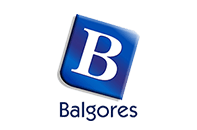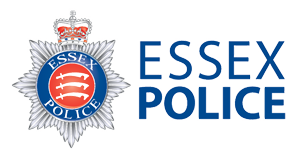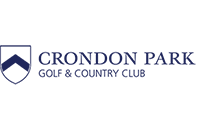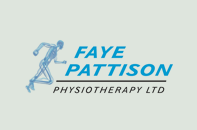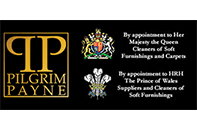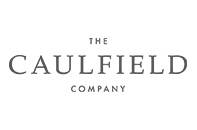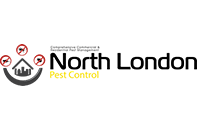Good SEO Needs On- And Off-Page Optimisation
On- and off-page SEO complement each other, so neither should be neglected if you want your business to beat the competition online.
Every online business needs a decent search engine optimisation strategy in place if they want to succeed, regardless of the industry they may be in. One mistake that many companies make, however, is to concentrate on only one aspect of SEO, when really what’s needed is a more joined-up approach.
Neglecting on-page SEO whilst working on off-page tasks really defeats the object, and vice versa. You really need to take a broader look at your whole strategy in order to see decent results from your efforts. However, for various reasons, many online businesses fail to grasp this key concept.
How to Put Things Right
Thankfully, getting your website back on the right track is not an impossible task, but it will take a considerable amount of time and effort if you have been neglecting your SEO duties for some time. Here we’ll go over the main points of each discipline so that you can start to put things right. Let’s start with on-page first.
The Key Elements to Good On-Page SEO
On-page SEO can become second nature once you have been implementing it for a while. This is largely due to the fact that good on-page SEO is built around certain core principles, and it is those that we are going to look at here.
Content
Good content will always win over weak and thin pages. Find out what the key phrases are that are likely to form the basis of your visitors search and work your content around them.
In depth, well written posts are manna from heaven to search engines, so make sure that everything you publish is up to scratch. A quickly thrown together 150-word article isn’t going to cut it these days, unfortunately. Our copywriting services provide you with professional content for your website or blog.
Meta Tags
Found in between the opening and closing head tags, meta tags are the official data tags used for each individual web page. The most popular ones in terms of on-page optimisation are:
- Title Tag – As the name suggests, the title tag is the part of the page where your title goes. Written in HTML, this tag gives search engines valuable information and it is generally the first part of your page that a crawler will look at. Optimise your titles with both your chosen keywords and brand name, but try to keep them fewer than 77 characters long wherever possible.
- Meta Descriptions – These are the snippets of information that show up in the search engine results, so they are vital for improving click through rates. Although search engines do not use meta descriptions per se, their ability to convince the user to actually view your page make them one of the most powerful on-page optimisation tasks you can do.
Essential Off-Page SEO Tactics
Now the on-page stuff has been taken care of, it’s time to move on to the off-page tactics. Off-page is all about building your brand’s reputation and engendering trust in your company.
A lot of the hard work will have been done via your content creation if this has been done correctly. Links will come if you have created compelling and unique content, but you do still have to get your page noticed in what is becoming an increasingly busy marketplace.
Three ways to win at off-page SEO are:
- Social Media – While the strength of signals coming from social media connections are hitherto uncharted, the need to be seen on the likes of Twitter and Facebook is still vital to expanding your reach. Obtaining social shares could well see your content land in the lap of someone who has the ability to give you an easy backlink, so regularly updating and maintaining your social media accounts is an essential part of good off-page SEO.
- Networking – By cross-promoting and networking with other companies in your direct or shoulder niche you will be strengthening your base of contacts and broadening your reach. Companies that promote each others goods and services are ahead of the game and the benefits go both ways, helping you both build larger, stronger communities around your brands.
- PR Outreach – Good PR outreach is far more than just a straightforward blast of multiple news sites. Use PR to spread the word to influencers in your industry, other bloggers, and social media bigwigs in order to get your content in front of as many people as possible.
Follow these on- and off-page strategies and monitor your analytics to see the results that these simple changes can bring to your business. We think you’ll be pleasantly surprised.


